After looking at this tantric sex art, you'll see that many civilizations throughout history have openly embraced their sexual nature.
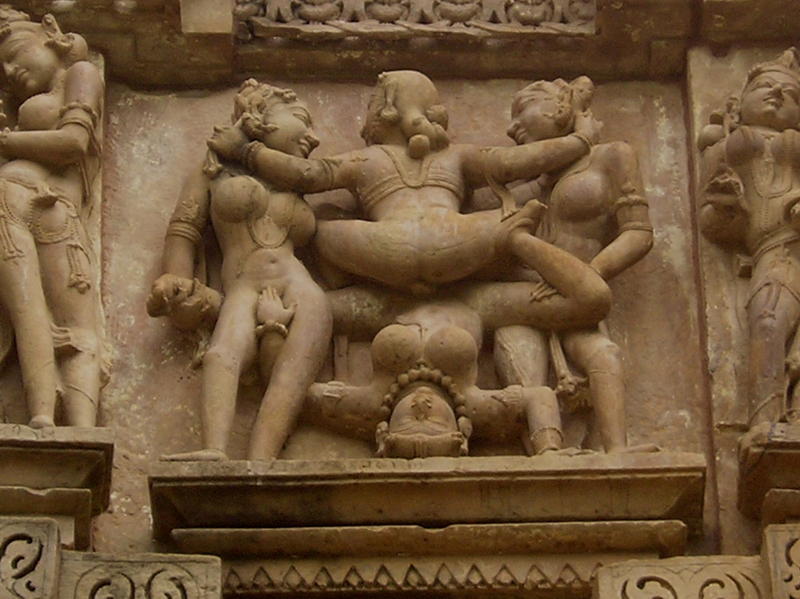
Source: Wikimedia
Sex art has been popular for centuries. After all, art is about self-expression, and what is more intimate than sex?
For the most part, modern society seems to contradict itself when it comes to sex. On the one hand, we use it to sell just about anything under the sun and have thus wed sexuality with popular culture. And yet, when people speak of sex openly, we tend to look at them askance, questioning their character. But humanity hasn’t always been so conservative. In fact, many civilizations throughout history have openly embraced their sexual nature as not just reality but an art, as evidenced below:
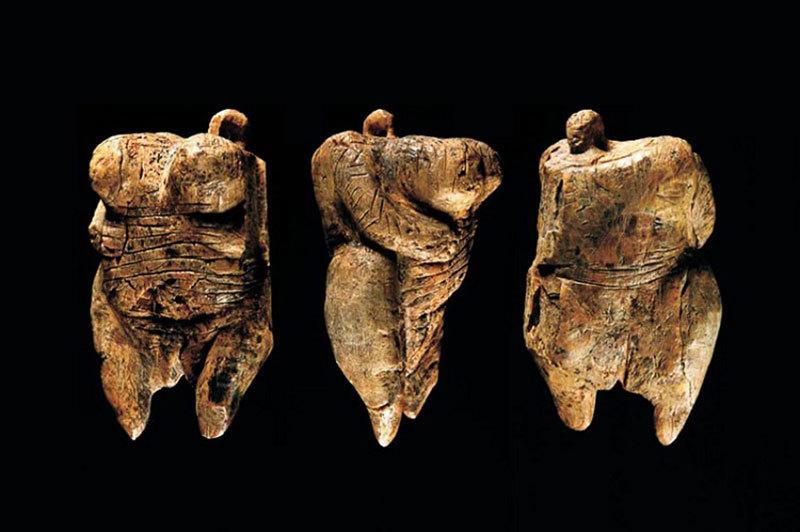
The Venus of Hohle Fels is a 35,000-year-old ivory sculpture uncovered in Germany in 2008. It was made from mammoth tusk and depicts a female figure without a head, suggesting that its owner wore it as an amulet. This sculpture showed us that figurative art was thousands of years older than we previously thought. Source: LAOP
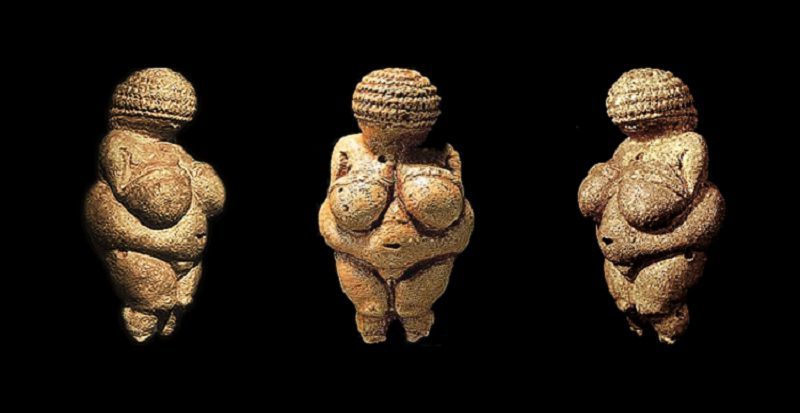
The Venus of Willendorf is yet another Venus statuette estimated to be between 25,000 and 28,000 years old. It was found in Austria and it was carved out of limestone and colored using red ochre. Some researchers claim that the statue depicts a fertility goddess while others argue that it might be a self-portrait. Source: Art Duh
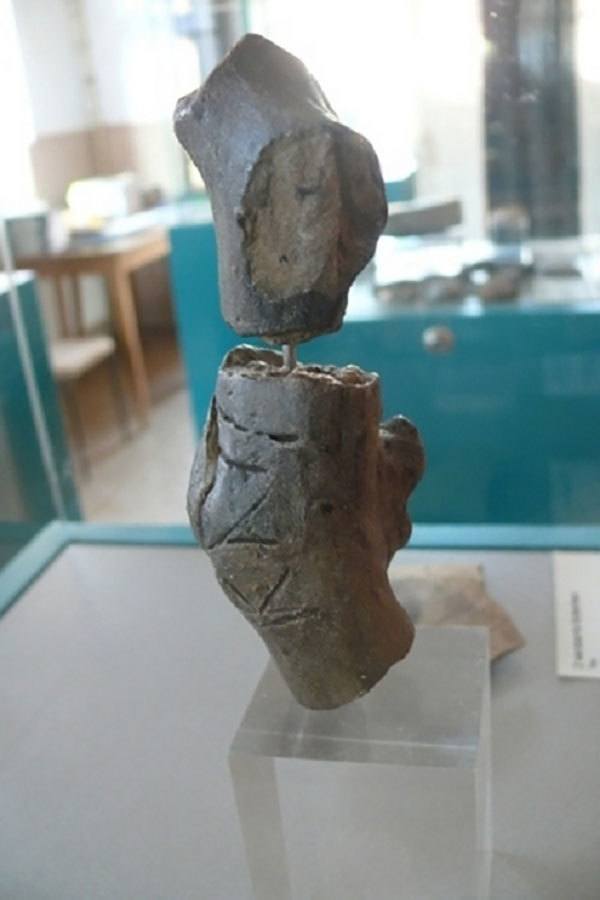
Archaeologists believe this might be the oldest sex statue in the world. Only parts of this 7,200-year old statue, dubbed the Adonis of Zschernitz, were recovered, but enough was found to suggest that it could have depicted a couple having sex. Source: Luetzschena-Stahmeln

This is part of the severely-degraded Turin Papyrus, the only surviving erotic scroll-painting in existence. Described as the “world’s first men’s magazine," the papyrus comes from the Ramesside Period in 1150 BC. Most fragments depict a short, chubby, balding man having sex with several beautiful women. However, part of the papyrus is humorous. It presents anthropomorphized animals doing human labor, reminiscent of an ancient comic strip. Source: Infinitus Possibilis

The Khajuraho temples in India are about 1,000 years old, and are dedicated to various Hindu and Jain gods. The 21 temples are renowned for their erotic sculptures that make up about 10% of the thousands of carvings. Source: Panoramio
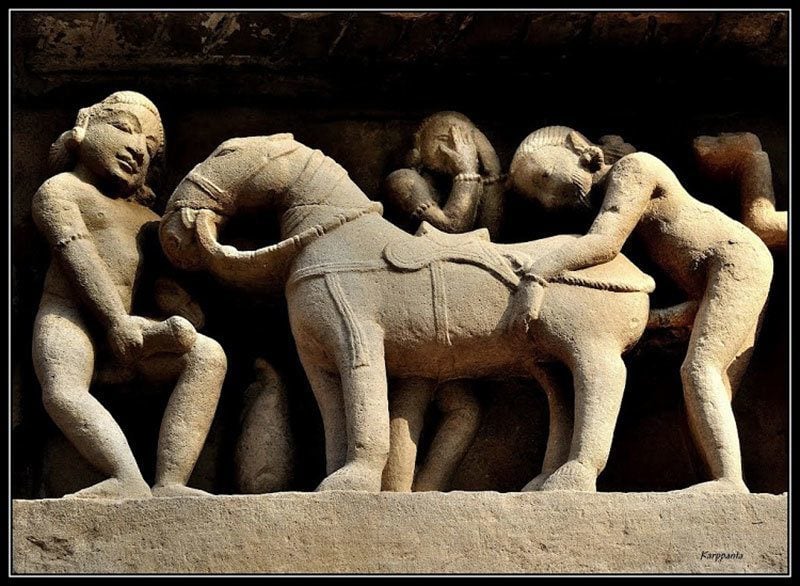
Another erotic sculpture from the Khajuraho temples. These sculptures do not represent deities but rather ordinary people. Most of the other carvings show them performing routine tasks that were part of their daily life, such as working, farming, playing, and making music. Source: Panoramio

The Jagannath Temple Carvings come from a 12th century Hindu temple dedicated to Jagannath in India. All of the sculptures at the temple are made out of stone or metal except for Jagannath himself, who is carved out of sacred wood that is replaced every 12 years during the Navakalevara ceremony. Source: PBase
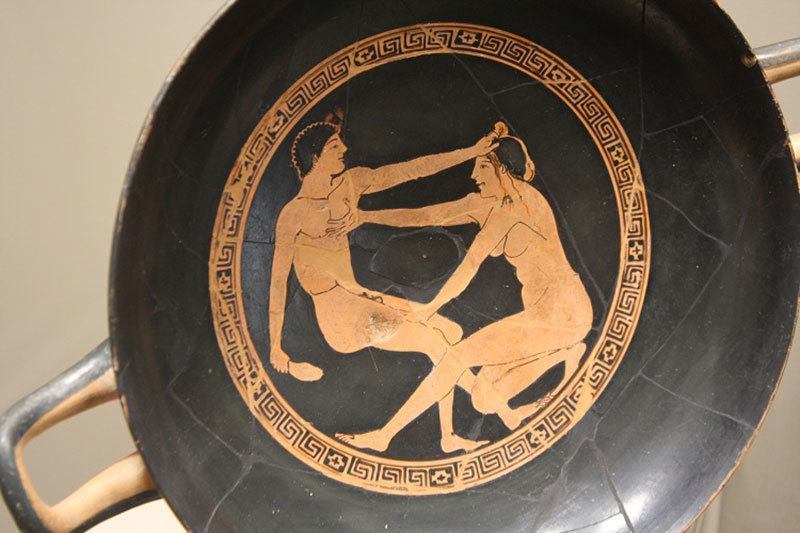
Red-figure pottery frequently depicted erotic scenes. Athenian artists adopted the style in the late 6th century BC and it quickly became the predominant painting method throughout Ancient Greece. Source: Ancient History Encyclopedia
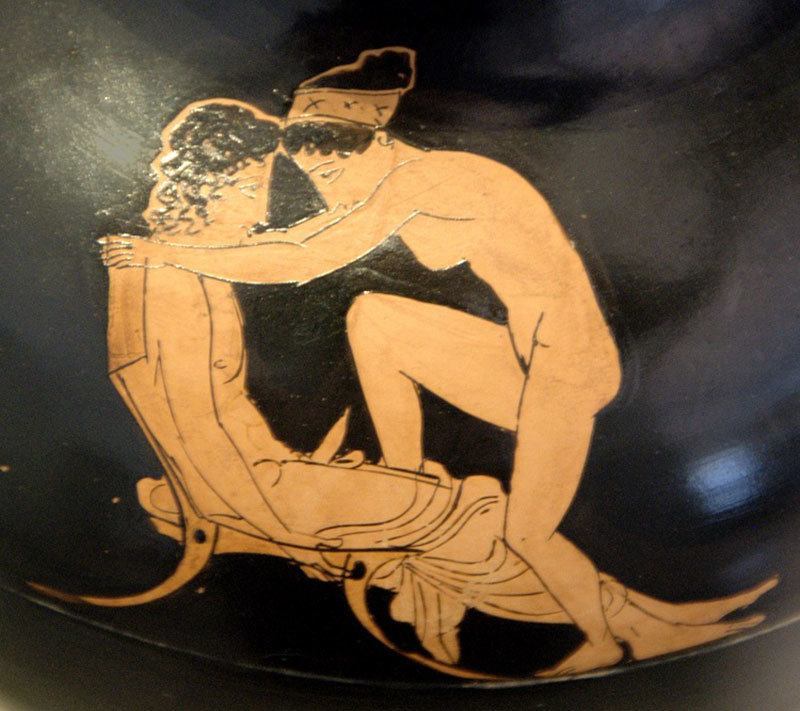
Another red-figure pottery painting. Known as Oinochoe, it’s one of the most famous erotic artifacts of Ancient Greece. A prominent Athenian artist called the Shuvalov Painter created it sometime between 440 and 410 BC. Source: Wikipedia
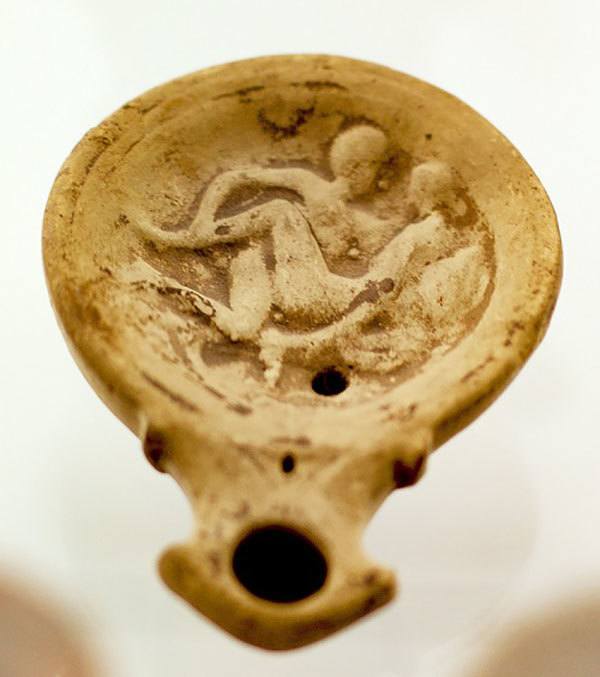
Romans regularly used erotic motifs for more than just art. Here is an oil lamp depicting a couple having sex. Source: Wikipedia

Although it might look like a coin, the spintria is actually a bronze Roman token from the 2nd century BC. Scholars argue that spintriae were used for brothels since most of them have erotic depictions. Roman historian Suetonius backs up this claim by specifying that Emperor Tiberius made it treasonous to carry coins bearing the emperor’s image into brothels. Source: iCollector

Speaking of Roman brothels, it shouldn’t be surprising to find out that their walls were frequently covered with sexual images. Source: Wikipedia

The city of Pompeii was well known as a treasure trove of sex and debauchery before Mount Vesuvius buried it under ash. However, many works of art have survived the ordeal, like this fresco from a suburban bath excavated only 20 years ago. Source: Wikipedia
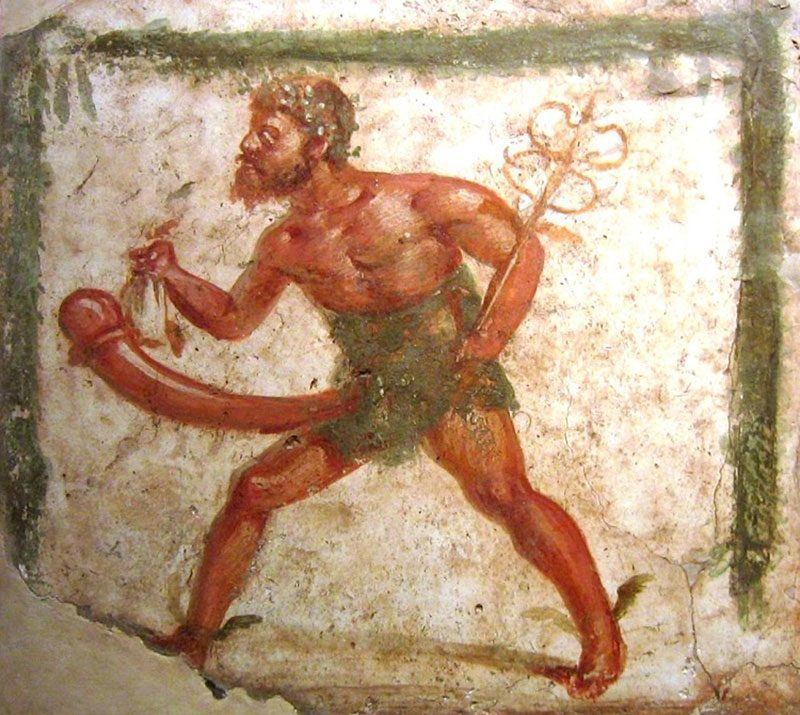
This image was painted on a wall in Pompeii, showing Priapus, a minor god of fertility and male genitalia. In the mural, Priapus is depicted as Mercury, but distinguished through his oversized, permanent erection. Source: Wikipedia

The nearby city of Herculaneum was just as pervy as Pompeii. Here we have one of the most pristine examples of Roman erotic art, “Pan Copulating with a Goat”. The sex art is part of a massive collection of sculptures that were excavated from the Villa of the Papyri in Herculaneum in the 1750s. Source: Wikipedia

Shunga is Japanese sex art created primarily using woodblock print. The style reached its peak in the 17th century during the Edo period. The characters of shunga were usually clothed, since nudity wasn’t perceived as erotic, and a lot of detail went into depicting the genitalia. Source: Wikipedia
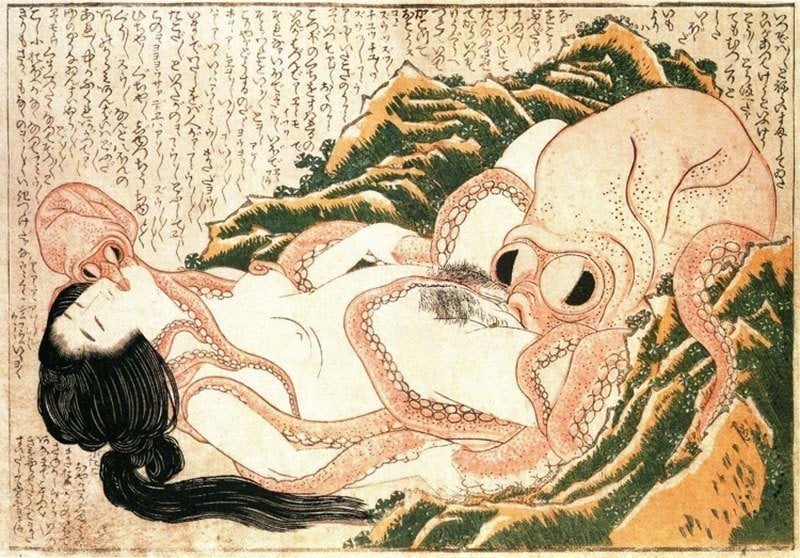
“The Dream of the Fisherman’s Wife” is one of the most famous shunga woodcuts in history. Japanese artist Hokusai created it in 1814, depicting tentacle erotica, a motif which is still popular in Japanese culture. Since its creation, this piece has been very influential. Even Picasso painted his own version of the woodcut. Source: Wikipedia
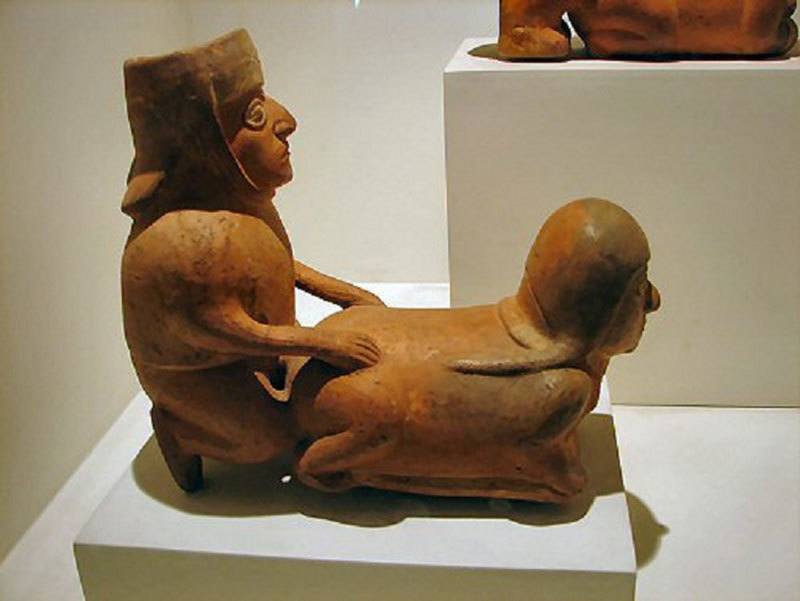
This example of Peruvian art belongs to the Moche civilization. Pre-Columbian South American art often depicted sexual imagery as a symbol of fertility. Like many other ancient civilizations, Peruvian cultures used art to chronicle their daily lives, and sex clearly played an important part. Source: DeLange
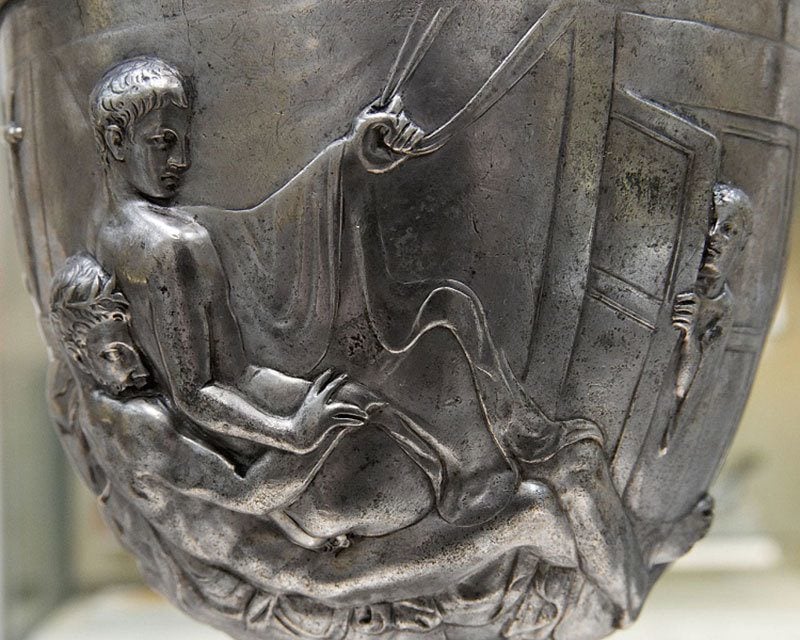
The Warren Cup is a silver Roman cup that shows men having sex. The homoerotic depictions made it very controversial in modern times, and the British Museum refused to buy it at a cheap price when it had the chance in the 1950s. The museum later changed its mind and paid £1.8 million for it in 1999, making it the most expensive purchase by the museum at the time. Source: Wikipedia

This ancient Egyptian sculpture possibly depicts Osiris impregnating Isis after his death in order to give birth to Horus. It comes from the Early Ptolemaic period around 300 BC. The smaller figures supposedly depict priests helping Osiris perform the ritual. Source: Wikipedia






